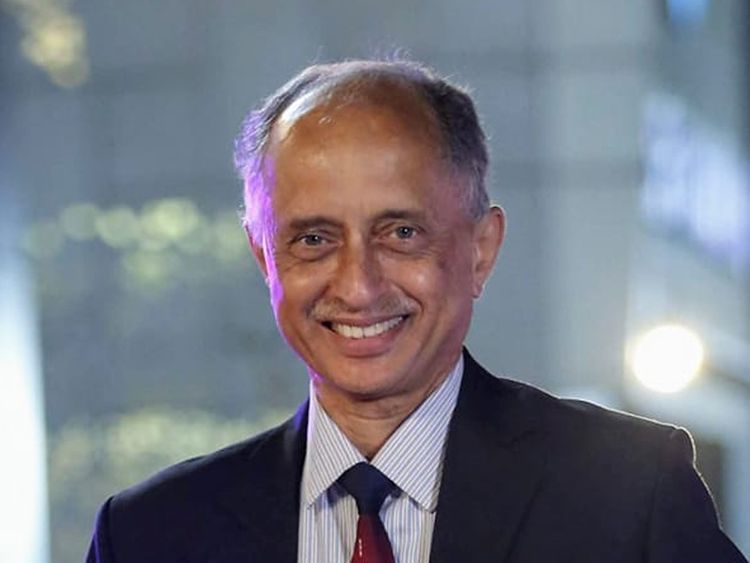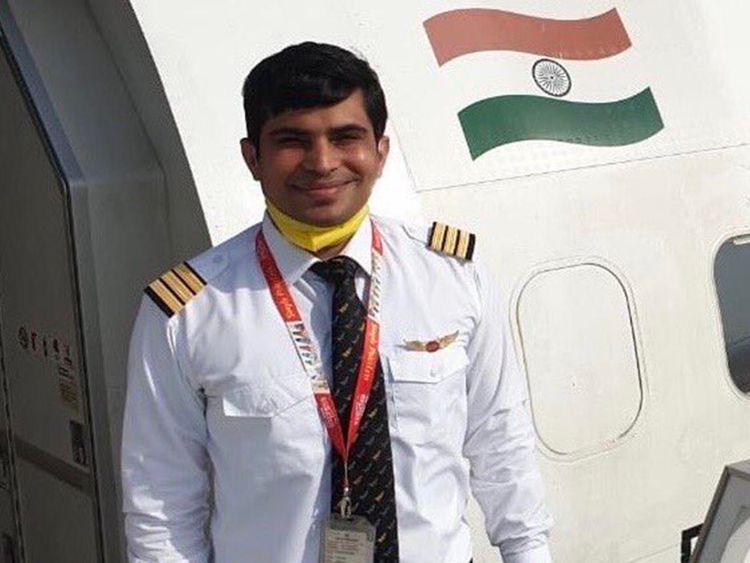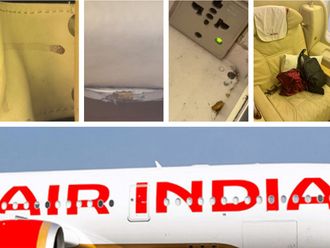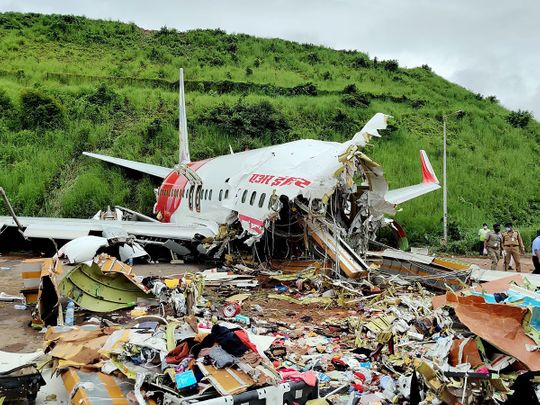
“Something had to go wrong… this wasn’t normal.”
These words of an Indian pilot with flying experience through the Karipur airport describes the tragic plane crash of Friday night succinctly. An Air India Express Boeing 737 flight, IX-344, with 190 on board skidded off the Karipur runway in to a gorge and split in two, killing 18 including the pilot and co-pilot.
A Vande Bharat repatriation mission flight from Dubai, the crash sent shockwaves through the state that had already witnessed major loss of life that same day in a landslide.
Gulf News spoke to an Indian pilot with over 3 years of flying experience and a year’s experience flying through the Karipur airport (CCJ).
“I have landed there up to twice a month over a year,” the pilot said, who wished to remain anonymous for this article.
How challenging is Karipur really?
“The standards of the airport fall well within the requirements for a safe landing.”
Four years ago, Air India Express mentioned Kozhikode international airport in a list of India's "most beautiful airports and runways". "Calicut International Airport, also known as Karipur Airport, is an international airport serving the cities of Kozhikode and Malappuram in Kerala, India. It is located in Karipur, about 25 km from Malappuram and 28 km from Kozhikode.
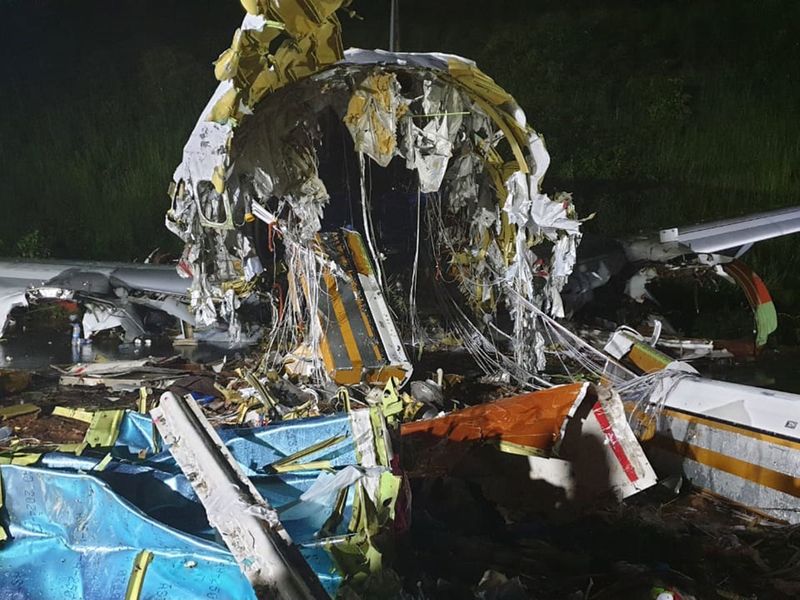
"The airport is one of only three table-top runways in the country, built on a hilly terrain and can be challenging to pilots," the blog post on its website had said. A table-top runway is constructed on a hilly or an elevated terrain
But really, how challenging is it for pilots? Some accusations have risen against the standards of the airport itself and the dangers of its table-top runway. The pilot Gulf News spoke to said, “To be honest, while the runway is shorter, narrower it meets the standards expected. There are other runways, like the one in Patna, which is even smaller and narrower. “
The risk with a table-top runway is that the margin of error for the pilot is low, he said. He added that as long as visibility was good and in standard conditions, landing or taking off from such a runway is fine for even aircraft bigger than the 737 model which crashed on Friday.
Tailwind, rain, visibility
"According to weather radar, approach was for runway 28 but as pilots found difficulties they went around twice and came from the opposite side on runway 10 and the plane crash-landed at Kerala's Kozhikode airport," a senior investigator from DGCA told ANI.
Given all the factors, the pilot said, the landing shouldn’t have resulted this way. “I can understand that in rain, visibility of the lead-in lights could be bad, but reported visibility of 2000 metres is actually considered very good. In addition to this, RVR or the runway visual range is almost always higher that the reported visibility, so in this case well over 2000 metres.”
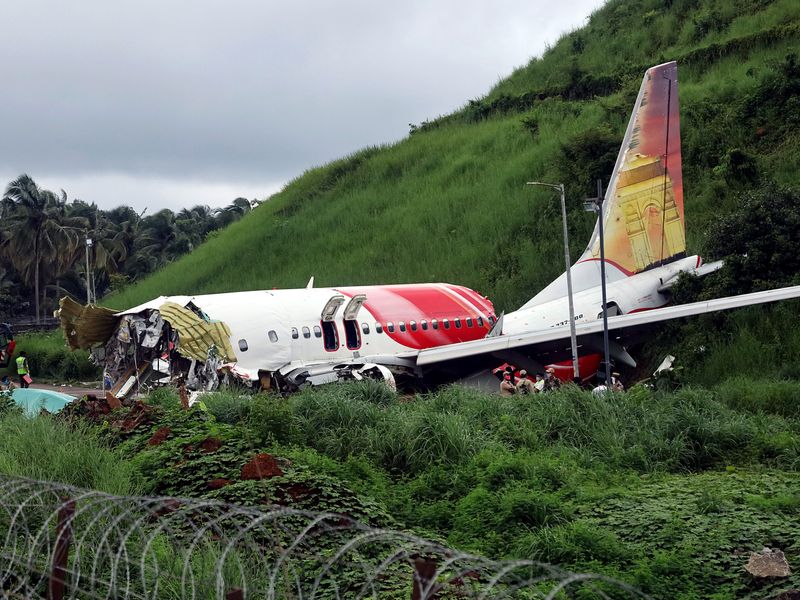
Speaking about the tailwind that the aircraft faced, he said, “It is actually not a big deal, you know 10 knots of tailwind, since the pilots would have known this when descending. They wouldn’t even have tried to land if it was not manageable.”
Everything seems to have been done as standard, by the book, which is why we need more information
“This is all very strange,” he added saying the pilots could have made a decision to land at the nearby Kannur airport if landing was looking difficult given the rain and other weather issues in addition to the dangers of the table-top runway.
“The fact is that we don’t know anything, both the captain and the first officer were experienced pilots.” He opined that the cause of the crash being crash human error also seems improbable given the pilots’ combined experience and the decorated career of Captain DV Sathe.
What about hydroplaning, plane flaps?
“In my opinion, it [hydroplaning] does seem likely.”
The pilot explained that hydroplaning is a phenomenon where in a film of water gets in between the wheels of the plane and the runway surface. If this happens, there is a high chance of skidding off the runway as the vehicle stops responding to wheel brakes.
“But, when we know the weather and that the runway maybe wet, there are certain procedures to follow to avoid hydroplaning… Pilots are advised to avoid a ‘smooth landing’ and to sort of push the aircraft down on the runway in a hard landing. This helps push the water out of the way when landing,” he said. He commented that survivor accounts of the landing seems in line with this, in that it was a ‘hard landing’ which should have helped avoid hydroplaning.
Flap stage, the pilot observed, is key to getting more or less control, more or less speed depending on the situation. “For example, going full flap gives you probably better control, lower speed but takes slightly more fuel. However, flap stage is not a very significant factor in cases like this and fuel-saving goals go out of the window when trying to control an aircraft in such conditions”, he added.
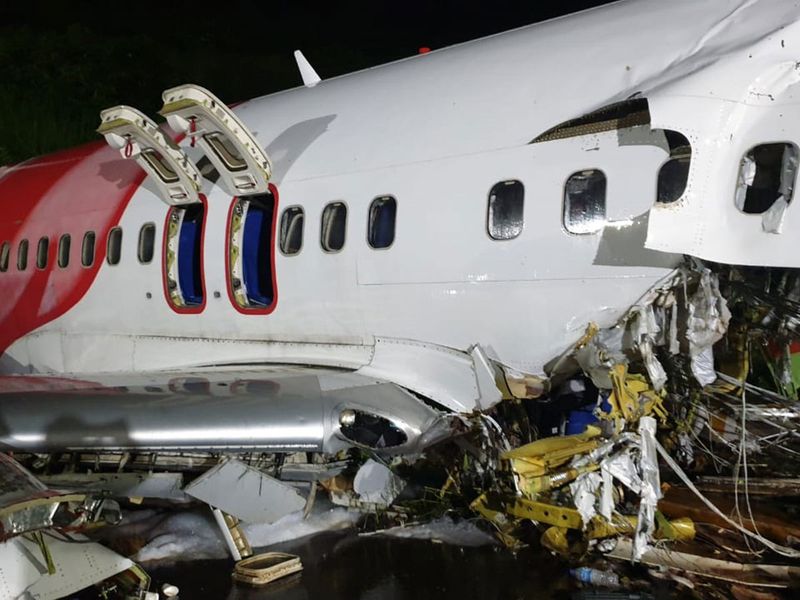
Technical capabilities, runway standards
“Both runways, 10 and 28, at Karipur have ILS (instrument landing system) in place,” the pilot said. As far as runways standards are concerned, he added that manufacturers clearly define what can be construed as ideal take off/landing conditions for runways for each aircraft model. Based on these, the airport’s runways falls well within the standards required for the Boeing 737 aircraft.
In addition to this, Bloomberg reported that the Kozhikode airport has 240 meters of safety area [RESA – Runway End Safety Area] on both ends, as required by International Civil Aviation Organization (ICAO) regulations, and the airport has been certified, according to an Airports Authority of India official.
Landing distance
A senior Directorate General of Civil Aviation (DGCA) official told media agencies that the Air Indian Express flight landed beyond the 3,000-feet mark, when it should have ideally done so no further than the 500-feet mark.
The pilot we spoke to said landing distances are calculated well in advance to the descent based on the length of the runway. He added, "We all aim to touch down at the 1000' touchdown markers. "Thousand footers" but as long as you touch down within the first 1/3 of the runway it's considered safe... So of it is a 9000 foot runway, as long as you touch down within the first ,3000' of the runway it is safe."
In fact, he added, pilots are discouraged from touching down before a 1000 foot marker.
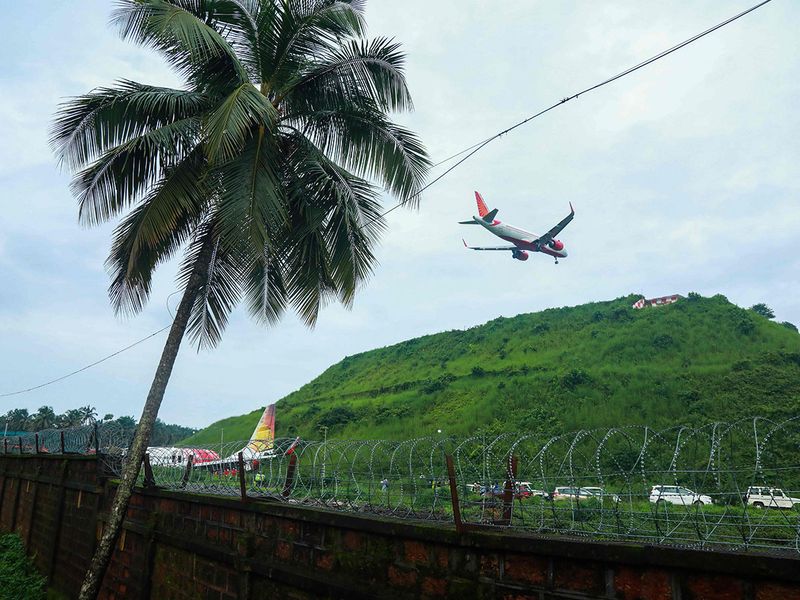
“We calculate the landing distance [based on the runway]. Multiply that by 1.15, so only if the runway available is 15% longer than the runway length required are we legally allowed to land there. This calculation is mandatory before every landing”
When asked whether pilots in general found Karipur runway more or less challenging than others, the pilot said, “This is a difficult question to answer. This differs from person-to-person – a runway I might have difficult landing at could be easy, a piece of cake for another pilot. But there are more challenging runways for sure.”
Standards for table-top runways
Friday’s crash bears uncanny similarities to another bigger incident in India – the 2010 Air India Express crash in Mangalore that killed 158 people on board. A table-top runway, experienced pilots, skidding, rains – there are too many similarities to not warrant a comparison. This is one of the main reason why critics are placing blame on authorities, alleging a lack of safety measures in Karipur.
In a court of enquiry report by a former Indian Air Force chief Air Marshal BN Gokhale, he analyses the 2010 crash and mentions Kozhikode as a ‘critical airfield’ along with Mangalore and Lengpui. “In addition airfields such as Patna, Jammu, Leh, Port Blair etc. also qualify as ‘critical airfields’”, Gokhale commented in his report.
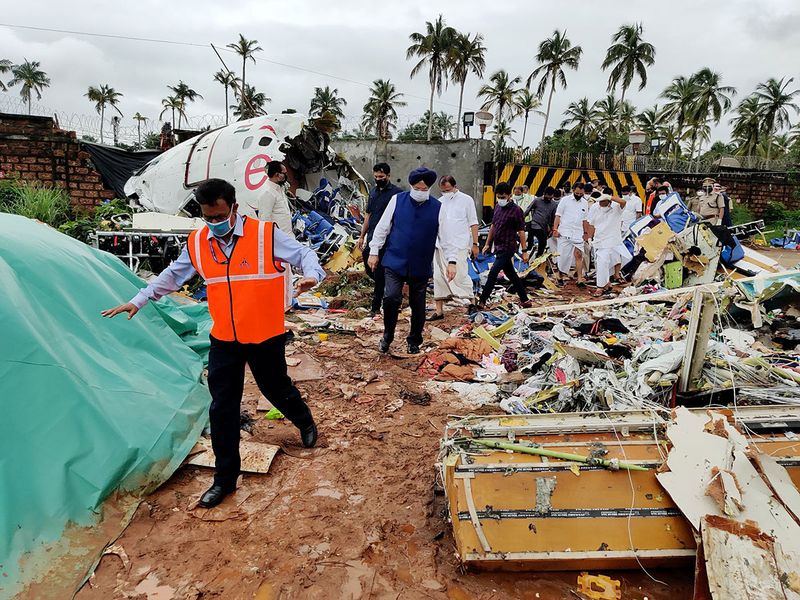
A key development in the last decade is the fact that Karipur airport conducted extensive repairs and changes when it was not allowed to conduct wide-body aircraft or jumbo operations for over 4 years without a DGCA certificate. During this time, starting 2015, the RESA was expanded from 90 metres to 240 metres after reducing the runway of the Calicut Airport from 2,850 metres to 2,700 metres. An upgraded instrument landing system (ILS) and single touch down zone lighting system were also installed at the time.
In 2019, DGCA conducted inspections and gave the airport the green signal for receiving wide-body aircraft, opening the airport up for 24-hour operations daily.
Aviation safety expert Captain Ranganathan, who had flagged concerns about Kozhikode airport runway as early as 2011, on Saturday said regulator DGCA should not allow landing of flights during monsoons on runway 10 at the aerodrome. "Death due to an accident is something which happens when you don't know but when you knew the danger existed and you were warned about it and you took no action and an accident takes place, then it is definitely murder," Ranganathan told PTI.
Could there have been more runway safety measures?
Experts have been of the opinion that more could have been done to make landing safer at CCJ and other Indian table-top runways. While all standards seem to have been met, what more could have been done to ensure that the runway would not automatically lead to a tragic incident?
Ground arrest system
Literally, this system would have helped ‘arrest’ the fall of the ill-fated Air India Express plane as it skidded off the runway. Made out of "engineered materials", an arrestor (also "arrester") bed is a surface made of special materials — a type of "soft" concrete used to stop aircraft that overrun a runway — designed to reduce the severity of the consequences of a runway overshot. This is also called Engineered Material Arresting System or EMAS.
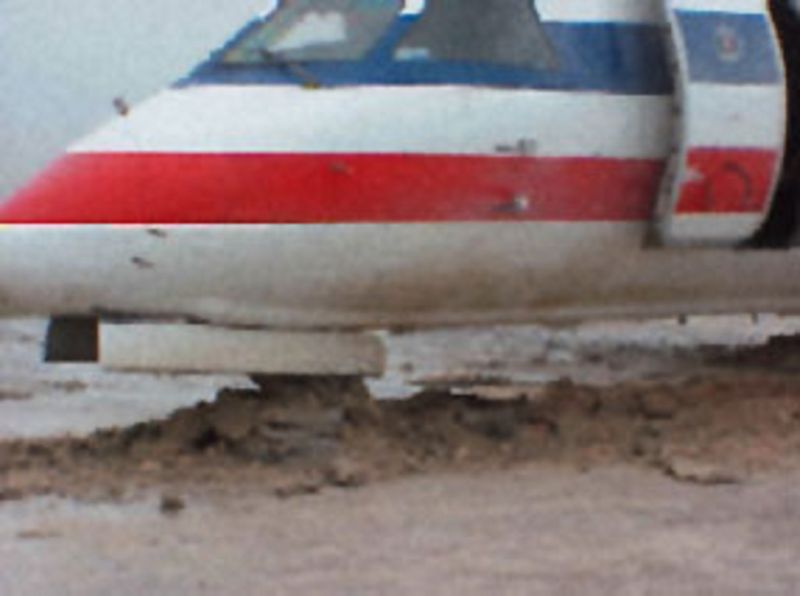
It's been reported that Indian authorities "ignored" at least two such recommendations, made following an investigation report into the 2010 crash of another Air India Express jet, also on another table-top runway.
GRF – in the near future
ICAO statistics show that runway safety-related accidents and incidents are aviation’s number one safety-related risk category. Given this, ICAO has suggested the implementation of what is called a Global reporting Format or GRF.
GRF is a methodology for the assessing and reporting of runway surface conditions under all climate situations. The reporting comprises an evaluation of a runway by human observation (normally done by airport operations staff) and, using a runway condition matrix, the consequent assignment of a Runway Condition Code (RWYCC). This would help pilots compare the report with performance indicators of the aircraft to make quick and effective take off/landing decisions.
Investigation – we need more information
The all-important cockpit recording would provide many answers, corroborates the pilot who spoke to Gulf News. “Everything seems to have been done as standard, by the book, which is why we need more information”, he added.
He explained, “The ALAR discussion happens before descent, the decisions made for the plan of descent depends on landing conditions, weather, runway type etc.” He said that getting the recordings from the cockpit of this discussion and what was said during the descent will give insight into why the crash happened.
“During the actual descent, the cockpit is a sterile, silent environment. No one speaks unless it affects the landing,” he said.
So, those last minutes and the conversation between the pilots would give some, if not all, the answers.
KOZHIKODE CALICUT INTERNATIONAL AIRPORT (CCJ)
Opened for operation on April 13, 1988, most of airport’s development is owed to contributions by Malayali expatriates in the Glf. The airport was dubbed an international airport in 2006.
- Inputs from Agencies


